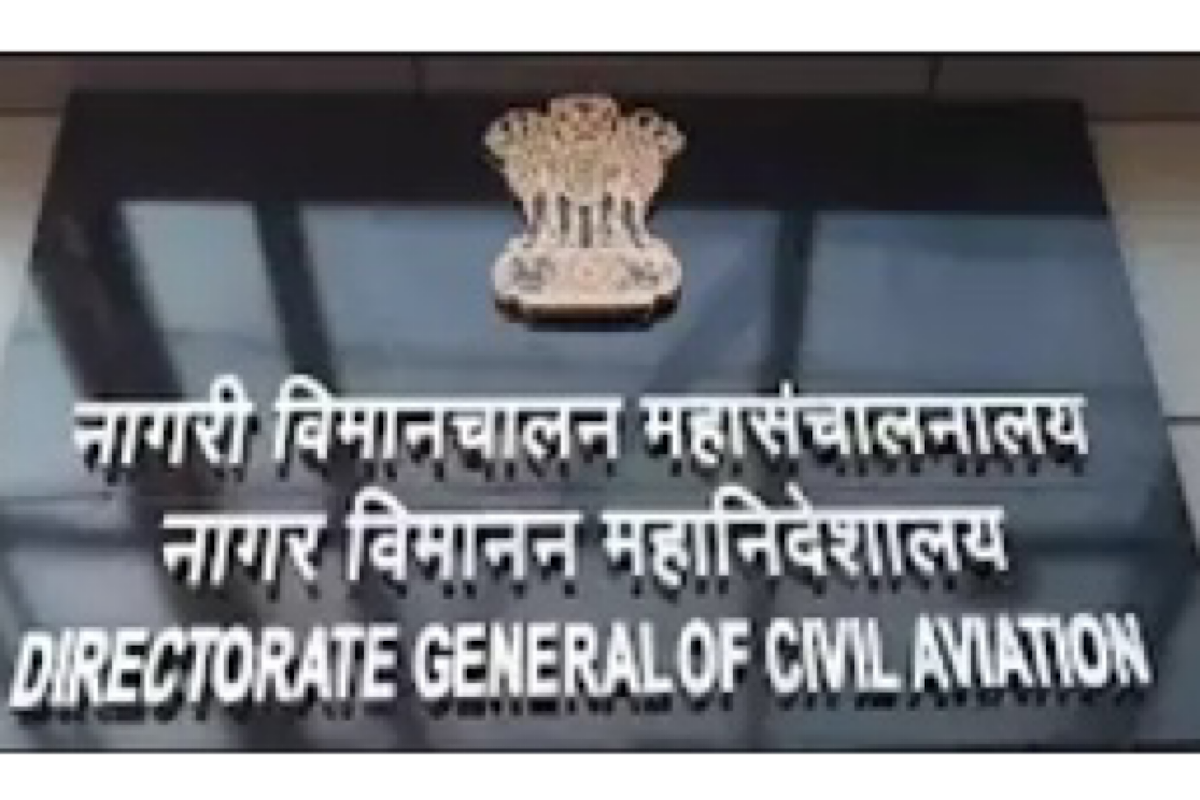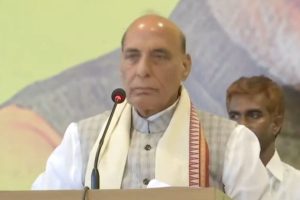The Directorate General of Civil Aviation (DGCA) has made significant changes in the regulations pertaining to Flight Duty Time Limitations (FDTL) for flight crew, in line with the international best practices.
These regulations have been instrumental in managing fatigue related aviation safety risks for more than a decade now.
In a social media post, Civil Aviation Minister Jyotiraditya Scindia said: ”A bunch of much-awaited reforms in Flight Duty Time Limitations for our pilots has come through. After in-depth analysis of pilot rosters, fatigue-related reports and direct feedback from pilots, we have introduced revised “FDTL Regulations” that include, increased rest periods, redefining night duty, and regular fatigue reports to be shared by airlines.”
In addition, he said, the government will soon transition towards a new regime of fatigue management i.e. Fatigue Risk Management System (FRMS), which will be a data-driven approach to enhance monitoring of flight crew fatigue.
”These changes — that are very much in line with international best practices — will ensure India has the necessary arsenal, as it prepares to clinch the largest domestic aviation market title in the future,” the minister wrote.
The revised FDTL regulations are effective forthwith and the airline operators are required to comply with them latest by 1 June, 2024. This will ensure sufficient time for the airline operators to adapt to the changes while taking into account the logistics, system changes and consequential arrangements arising out of the amendments in revised FDTL regulations.
With a view to address and mitigate concerns on pilot fatigue through a data driven approach, the DGCA collected and analysed extensive numbers of pilot rosters along with pilot fatigue reports submitted by airline operators.
Based on the study and analysis, some of the key areas inducing fatigue such as maximum Flight Duty Period, Night Duty, Weekly Rest Period, Flight Duty Period Extension etc. were identified.
The revised FDTL regulations have been formulated after extensive data analysis and feedback from various stakeholders which includes airline operators, pilot associations and individuals.The world-wide best practices (FAA – USA and EASA – EU) have also been taken into consideration in amending the regulations while keeping in mind the specific operating environment in India.











